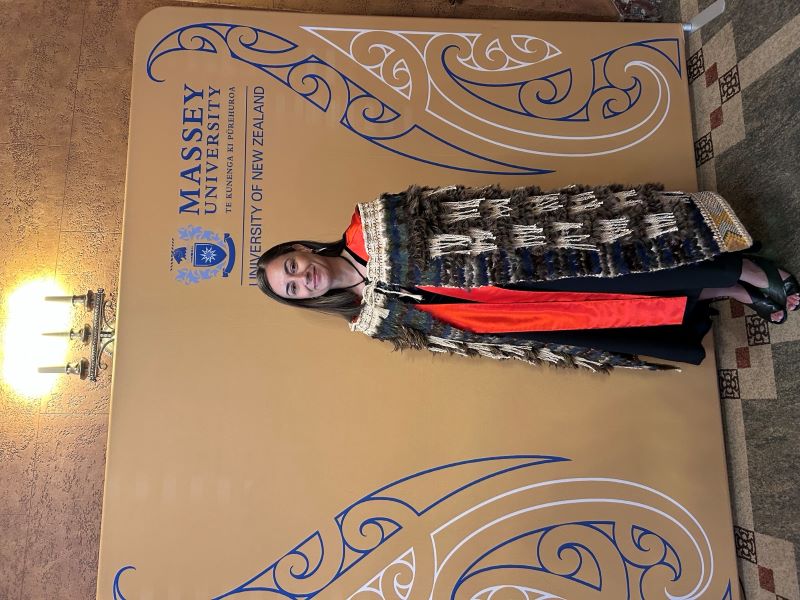
He Rau Tauwhiro: The place of kaitiaki in contemporary Māori realities

Marjorie Lipsham (photo supplied).
He Rau Tauwhiro: The place of kaitiaki in contemporary Māori realities', builds on my doctoral work on Kaitiakitanga (Beverland 2022). In our environment, kaitiaki are considered spiritual beings and guardians who are relations to Māori through whakapapa. They take the form of birds, mountains, rivers, taniwha, atua, tūpuna or other manifestations such as trees. Concentrating on non-human forms, a key aim of my research will be to investigate Māori experiences and understandings of kaitiaki and how they inform our understandings of the environment. Using best practice research methods, participants in my original study highlighted that kaitiaki provide tohu (signs, messages) that guide one in terms of protection, wellbeing, and the provision of safety and support in the environment. This kaupapa finds additional urgency when considering the scale and impact of the current climate events across Aotearoa NZ. Anecdotal evidence shows that iwi have been discussing the place of kaitiaki since these events, and their importance in indicating health and safety. In Kauwhata and Rangitaane for example, where I am located, discussions have been had regarding the Atua Wahine, Parawhenuamea and the local taniwhā, and they are considering how important it will be moving forward, to better identify the tohu from these kaitiaki regarding the weather and any observable and physical changes in their iwi environmental sphere. Focusing on non-human kaitiaki, located in the metaphysical and physical realms, is novel in terms of the written archive. No consolidated written research has brought together iwi understandings. A Kaupapa Māori methodology informs this study, and its principles as written by Smith (1999) will frame the research. Mātauranga will be incorporated, used and understood as a central focus of the research and its findings. Only Māori within iwi will be invited to participate in this research.
